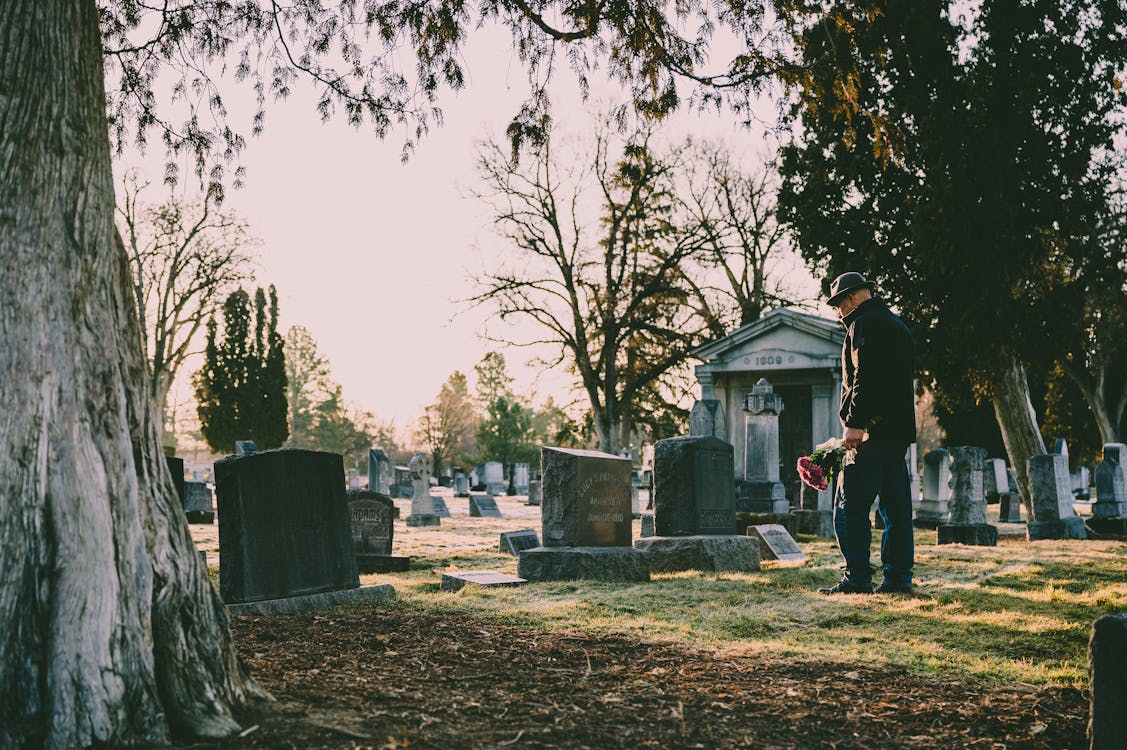
Many parents try to change the way they raise their children. I choose trends and educational directions that will not harm and can bring up an independent personality. Did you know that part of this upbringing is a culture of sleep? Yes, yes, precisely the culture of falling asleep and waking up. It is something that a child and every person do daily. Many parents use separate beds for their babies from day one. But only sometimes the new habits for the child bring positive results.
That is why the famous pedagogy Montessori offers an innovative bed model for safe sleep. It is a teepee bed that helps develop a child’s independence. The mattress is made of natural materials and is installed on the floor. Therefore, the child has complete freedom of movement. What are the types of this bed model? We will tell you below in the article.
Features of a teepee bed
The Montessori crib is a floor bed that gives babies freedom of movement and autonomy. The low-to-the-ground design makes it possible to dispense with the usual underframe, meaning the mattress lies almost level with the floor. For many parents, this sounds wild. That the baby would have to sleep on the floor. But the point of this type of bed is to show that the child has the right to choose and move around safely. And the parent is always there and ready to support in times of need. Who is suitable for this type of bed:
-
Parents who want to develop their child’s independence.
-
Parents who are worried about the safety of the baby’s sleep.
-
Parents who are looking for a comfortable and safe option for children of any age.
One popular type of Montessori bed is the teepee. The teepee bed is a classic hut bed with a hipped structure. This makes it a refuge for little adventurers. Although the tipi bed is the perfect shelter, it offers many creative opportunities. For example, linen runners can be used to cover the sides. The result: During the day, the bed turns into a cave that encourages free play.
Regardless of individual play habits, children and parents can instantly customize the tipi bed. All you need is a few garlands or a pretty chain of lights. Soft light can serve as a nightlight at night or brighten overcast days. This way, children in a Montessori children’s bed feel entirely comfortable and protected while maintaining their independence.
At what age can the bed be used
There are practically no age requirements for a Montessori bed. It is an individual decision that depends on the child’s personality. Babies can sleep in a floor bed from the first month — alone or with their parents. Nevertheless, the Montessori crib was, and still is, a change at the beginning. One way to get your baby accustomed to it is to start by shifting sleeping to the floor bed. Alternatively, parents can sleep with their child on a hutch bed.
When it comes to a child’s floor bed, it’s usually not about age but about the environment. Anyone installing a shack bed in a child’s room should first make sure that it is comfortable for children. This includes close proximity to the bed, as well as protecting dangerous outlets or edges. A fluffy rug around the Montessori floor bed protects children from the hard floor. Also, a Montessori bed house with fall protection comes in handy for very young children.

The Montessori crib directly influences the design of the children’s room. To take advantage of the Montessori principle, it is worth taking a critical look at the rest of the facility. Interesting objects should be at eye level and remain accessible. Otherwise, the child is again faced with an insurmountable problem — similar to the bars on the crib.
In addition to a child-friendly environment, the space around the crib should be safe and soft. A fluffy mat can help protect the baby. Even generally calm-sleeping babies sometimes fall out of bed. A carefully draped rug protects babies from the cold on the bare floor at night.


